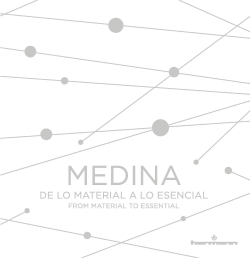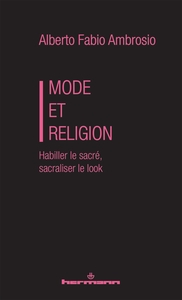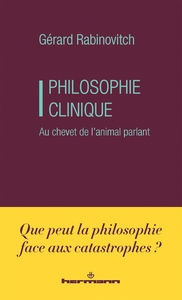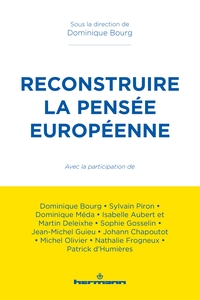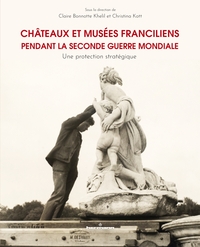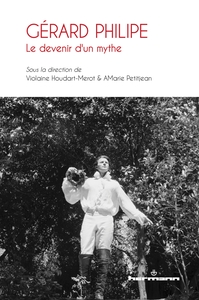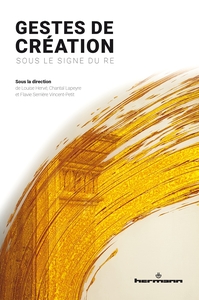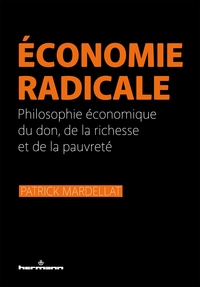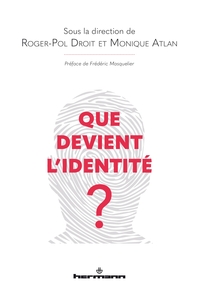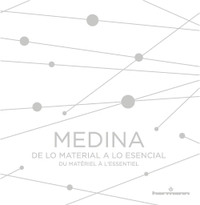Nous utilisons des cookies pour améliorer votre expérience. Pour nous conformer à la nouvelle directive sur la vie privée, nous devons demander votre consentement à l’utilisation de ces cookies. En savoir plus.
MEDINA - DE LO MATERIAL A LO ESENCIAL - FROM MATERIAL TO ESSENTIAL
Hermann - EAN : 9782705695323
Édition papier
EAN : 9782705695323
Paru le : 22 nov. 2017
60,00 €
56,87 €
Epuisé
Pour connaître votre prix et commander, identifiez-vous
Arrêt définitif de commercialisation
Notre engagement qualité
-
 Livraison gratuite
Livraison gratuite
en France sans minimum
de commande -
 Manquants maintenus
Manquants maintenus
en commande
automatiquement -
 Un interlocuteur
Un interlocuteur
unique pour toutes
vos commandes -
 Toutes les licences
Toutes les licences
numériques du marché
au tarif éditeur -
 Assistance téléphonique
Assistance téléphonique
personalisée sur le
numérique -
 Service client
Service client
Du Lundi au vendredi
de 9h à 18h
- EAN13 : 9782705695323
- Réf. éditeur : 6702733
- Collection : PHILOSOPHIE, PO
- Editeur : Hermann
- Date Parution : 22 nov. 2017
- Disponibilite : Epuisé
- Barème de remise : NS
- Nombre de pages : 360
- Format : 0.00 x 27.00 x 27.00 cm
- Poids : 2.315kg
- Résumé : Carlos Medina knows where he’s going. From the start he developed his own style and is an outstanding sculptor of geometric abstraction. His inclinations were evident since his student days at the Escuela de Artes Plásticas Cristóbal Rojas de Caracas, where he studied the works of the Russian constructivists, European abstract artists and American art while familiarizing himself with the work of other artists and the ideas expressed in their creations. His thesis on graduating from art school in 1975 was on the Russian artist Vladimir Tatlin, who founded constructivism in 1914. In his research on this, he came to know the work of Kazimir Malevich, the founder of supremacism in 1915. From that moment on he adopted the supremacist axiom that art, being a new form of language, could “express a total system of constructing the world.” In that same year of 1975, he had his first show, held at the Museo de Arte Contemporáneo de Caracas and at the invitation of Sofía Imber, the museum’s director. Here the art and style were already established, which would define his life and work as a sculptor. As he has stated, in addition to Tatlin he was influenced, by the masters of abstract art and constructivism: Alexander Calder, Piet Mondrian, El Lissitzky, Max Bill and Malevich. In his journey from material employed to basic image, Medina has produced a solid body of work.

